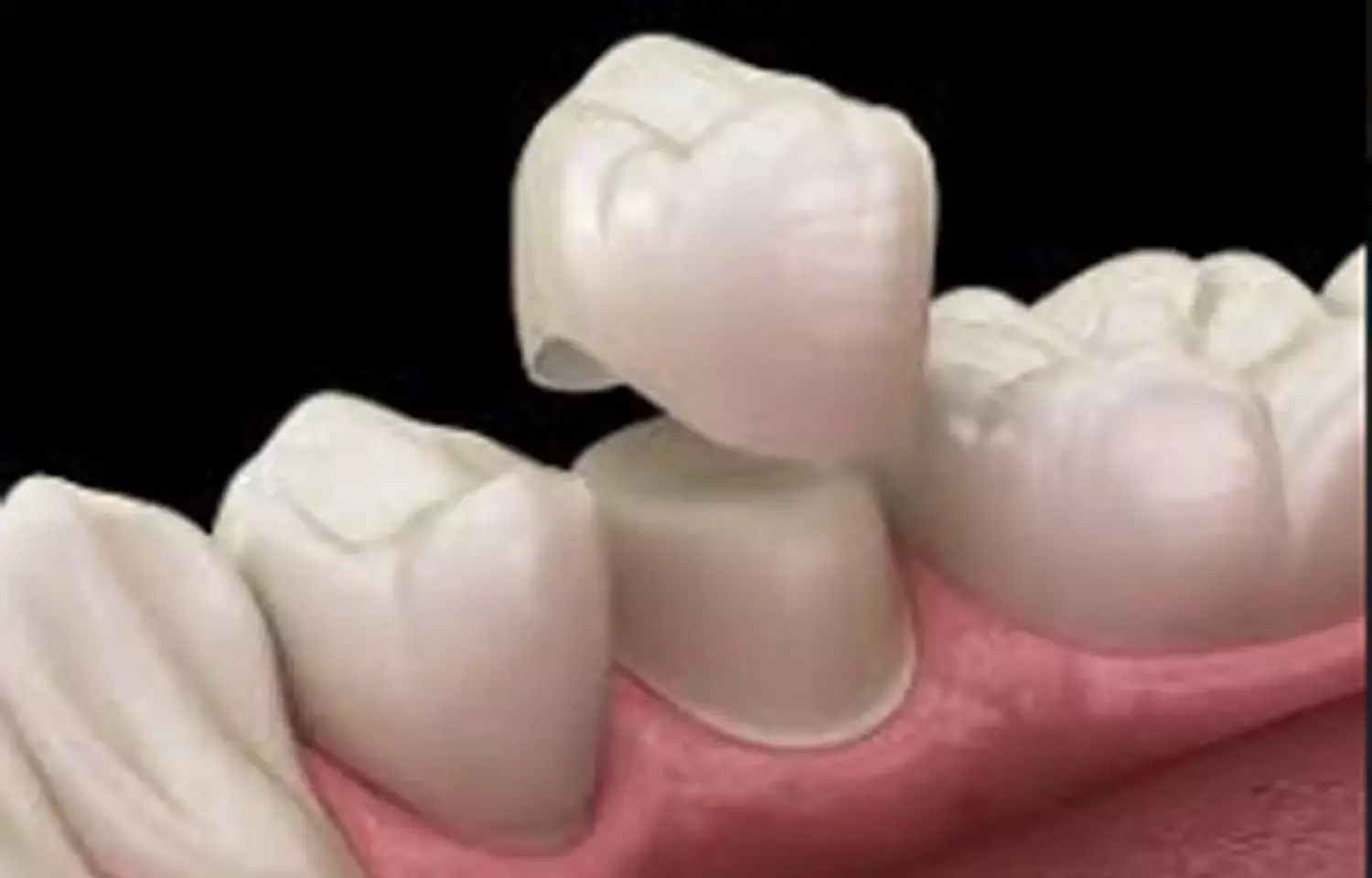- Home
- Medical news & Guidelines
- Anesthesiology
- Cardiology and CTVS
- Critical Care
- Dentistry
- Dermatology
- Diabetes and Endocrinology
- ENT
- Gastroenterology
- Medicine
- Nephrology
- Neurology
- Obstretics-Gynaecology
- Oncology
- Ophthalmology
- Orthopaedics
- Pediatrics-Neonatology
- Psychiatry
- Pulmonology
- Radiology
- Surgery
- Urology
- Laboratory Medicine
- Diet
- Nursing
- Paramedical
- Physiotherapy
- Health news
- Fact Check
- Bone Health Fact Check
- Brain Health Fact Check
- Cancer Related Fact Check
- Child Care Fact Check
- Dental and oral health fact check
- Diabetes and metabolic health fact check
- Diet and Nutrition Fact Check
- Eye and ENT Care Fact Check
- Fitness fact check
- Gut health fact check
- Heart health fact check
- Kidney health fact check
- Medical education fact check
- Men's health fact check
- Respiratory fact check
- Skin and hair care fact check
- Vaccine and Immunization fact check
- Women's health fact check
- AYUSH
- State News
- Andaman and Nicobar Islands
- Andhra Pradesh
- Arunachal Pradesh
- Assam
- Bihar
- Chandigarh
- Chattisgarh
- Dadra and Nagar Haveli
- Daman and Diu
- Delhi
- Goa
- Gujarat
- Haryana
- Himachal Pradesh
- Jammu & Kashmir
- Jharkhand
- Karnataka
- Kerala
- Ladakh
- Lakshadweep
- Madhya Pradesh
- Maharashtra
- Manipur
- Meghalaya
- Mizoram
- Nagaland
- Odisha
- Puducherry
- Punjab
- Rajasthan
- Sikkim
- Tamil Nadu
- Telangana
- Tripura
- Uttar Pradesh
- Uttrakhand
- West Bengal
- Medical Education
- Industry
CM cement capable of retaining lithium disilicate crowns, Finds study

According to recent research, it has been found out that Following long‐term aging with monthly thermocycling, lithium disilicate crowns were best retained by CM cement, however, Ceramir Crown & Bridge QuikCap (CM) and Ketac Cem Maxicap (KC) cements are capable of retaining lithium disilicate crowns with preparations of ideal taper and length.
The study is published in the Journal of Esthetic and Restorative Dentistry.
Kerry R. Streiff and colleagues from the Department of Restorative Dentistry, University of Washington School of Dentistry, Seattle, Washington, USA conducted the present study with the objective to determine if a recent bioactive cement provides acceptable lithium disilicate crown retention after long‐term aging with monthly thermocycling.
The authors included extracted molars which were prepared with flat occlusal, 20° taper, ~4 mm axial. The prepared teeth were assigned to two groups for equal mean surface areas per group. Lithium disilicate crowns were fabricated with the occlusal bar to facilitate removal. Crowns were etched with 9.5%HF and cleaned.
Cements included in the study were Ceramir Crown & Bridge QuikCap (CM) and Ketac Cem Maxicap (KC). Before cementation, specimens were stored in 37°C water. Crowns were cemented with 196 N force, placed in 37°C, 100% humidity oven for the setting. Specimens were then thermocycled (5–55°C) 5000 cycles monthly for 6 months; otherwise stored in phosphate-buffered saline solution. Crowns were removed axially at 0.5 mm/min. Removal forces recorded and stress calculated using areas. Independent t‐test (α = 0.05).
It was observed that CM removal stresses and forces (P < 0.001) were higher (1.93 MPa, 261.4 N) compared to KC (1.06 MPa, 139.4 N). CM cement found principally on crown intaglio, KC found with most cement on the prepared tooth. Chi‐square significant (P < 0.001).
Hence, the authors concluded that "following long‐term aging with monthly thermocycling, lithium disilicate crowns were best retained by CM cement, however, both types of cement are capable of retaining lithium disilicate crowns with preparations of ideal taper and length."
Without optimal axial length, the taper of preparation or retentive features, Ceramir Crown and Bridge QuikCap offers a bioactive cement with improved long‐term retention when compared to Ketac Cem Maxicap for lithium disilicate crowns, they further added.
Dr. Nandita Mohan is a practicing pediatric dentist with more than 5 years of clinical work experience. Along with this, she is equally interested in keeping herself up to date about the latest developments in the field of medicine and dentistry which is the driving force for her to be in association with Medical Dialogues. She also has her name attached with many publications; both national and international. She has pursued her BDS from Rajiv Gandhi University of Health Sciences, Bangalore and later went to enter her dream specialty (MDS) in the Department of Pedodontics and Preventive Dentistry from Pt. B.D. Sharma University of Health Sciences. Through all the years of experience, her core interest in learning something new has never stopped. She can be contacted at editorial@medicaldialogues.in. Contact no. 011-43720751
Dr Kamal Kant Kohli-MBBS, DTCD- a chest specialist with more than 30 years of practice and a flair for writing clinical articles, Dr Kamal Kant Kohli joined Medical Dialogues as a Chief Editor of Medical News. Besides writing articles, as an editor, he proofreads and verifies all the medical content published on Medical Dialogues including those coming from journals, studies,medical conferences,guidelines etc. Email: drkohli@medicaldialogues.in. Contact no. 011-43720751


